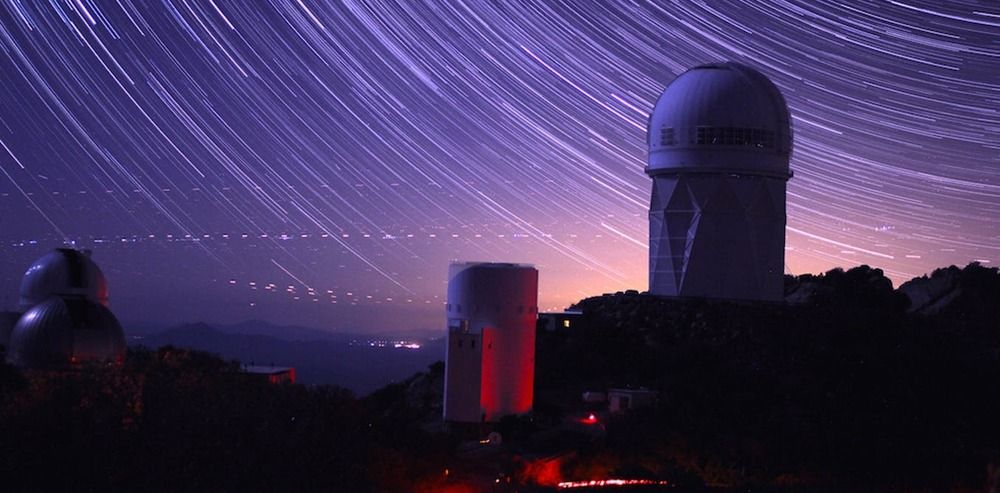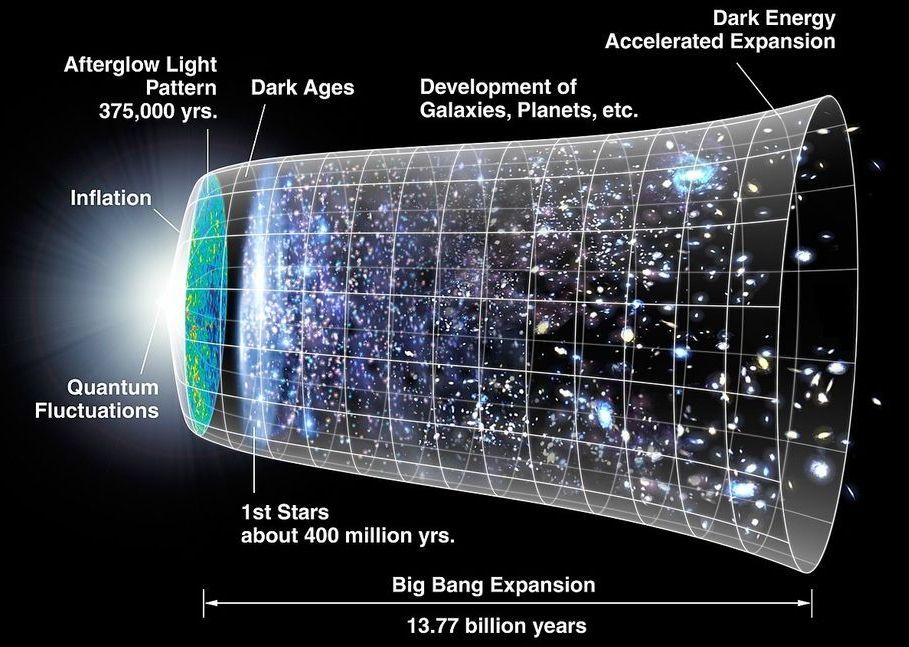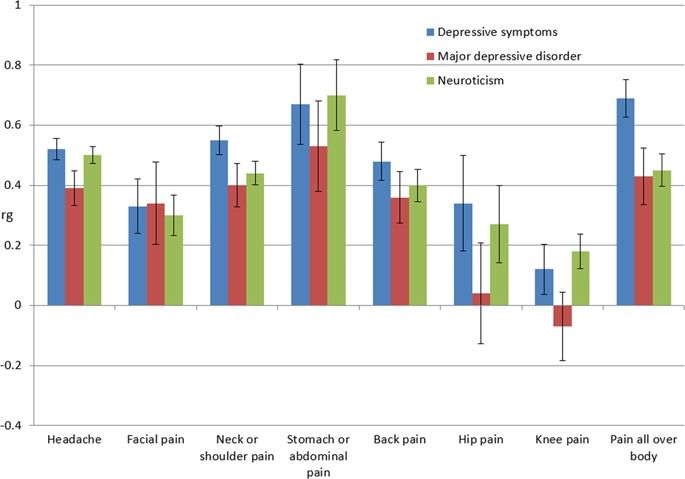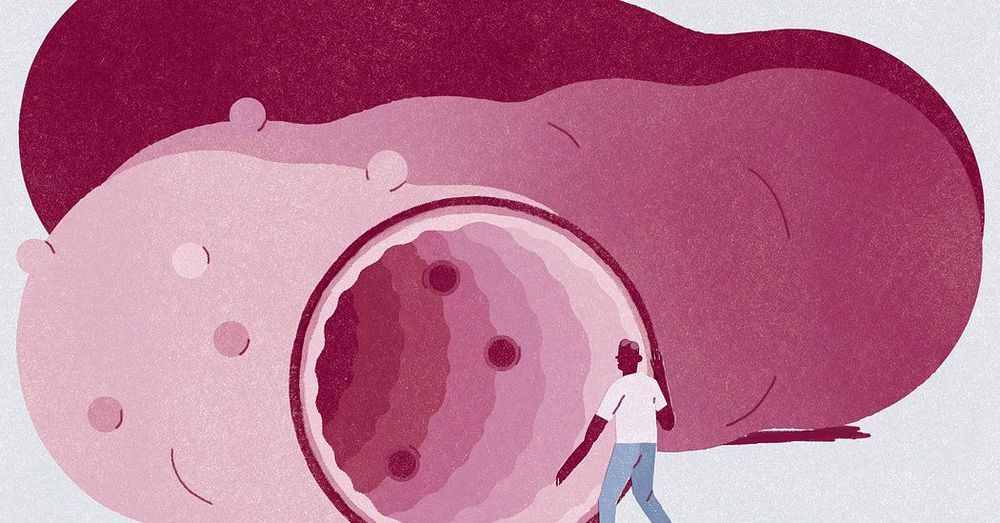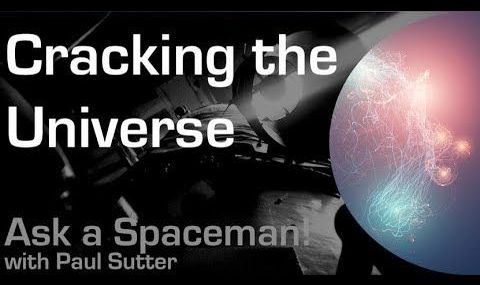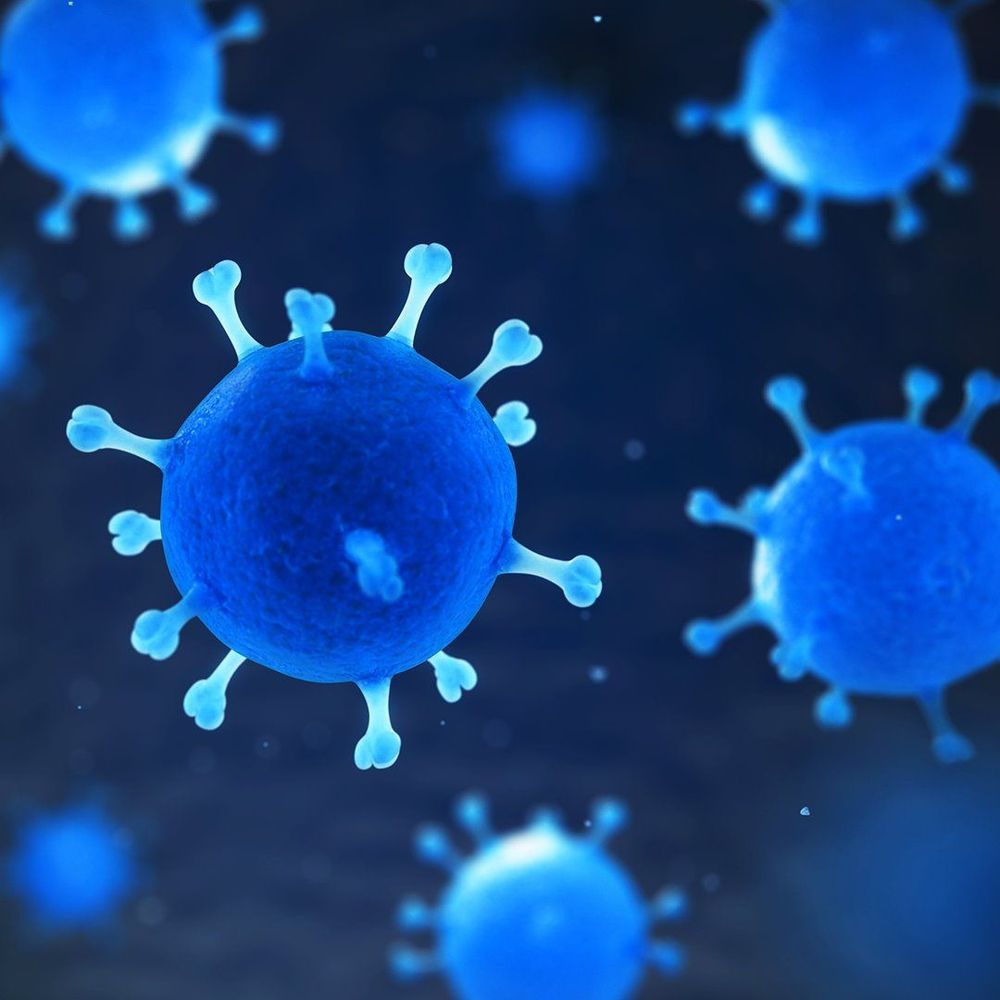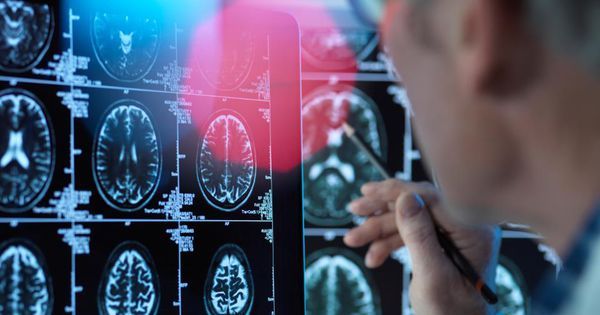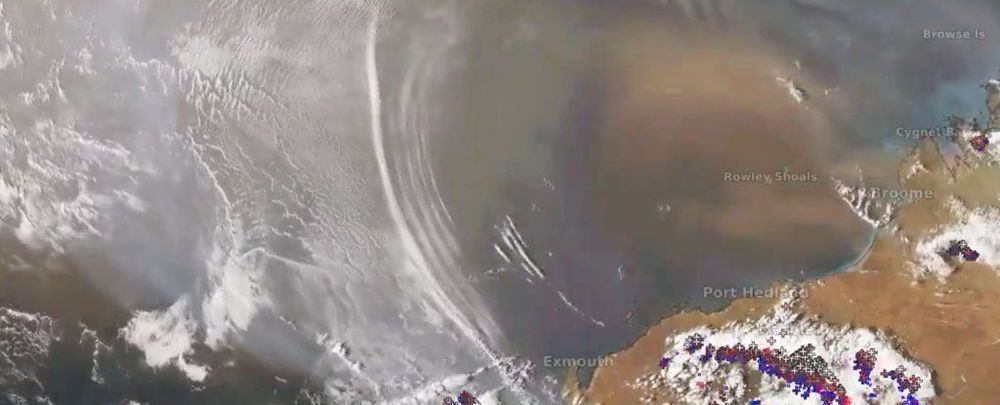Will we have to rewrite Einstein’s theory of gravity? The DESI experiment could find out.
The Big Bang theory is so widespread that most people think of it as the way the universe began. However, we’ve yet to prove the Big Bang theory, and there are other models of how the universe began that are vying for the limelight; namely, the Big Bounce theory.
Correlations between pain phenotypes and psychiatric traits such as depression and the personality trait of neuroticism are not fully understood. In this study, we estimated the genetic correlations of eight pain phenotypes (defined by the UK Biobank, n = 151,922–226,683) with depressive symptoms, major depressive disorders and neuroticism using the cross-trait linkage disequilibrium score regression (LDSC) method integrated in the LD Hub. We also used the LDSC software to calculate the genetic correlations among pain phenotypes. All pain phenotypes, except hip pain and knee pain, had significant and positive genetic correlations with depressive symptoms, major depressive disorders and neuroticism. All pain phenotypes were heritable, with pain all over the body showing the highest heritability (h2 = 0.31, standard error = 0.072). Many pain phenotypes had positive and significant genetic correlations with each other indicating shared genetic mechanisms. Our results suggest that pain, neuroticism and depression share partially overlapping genetic risk factors.
Our diets are overly refined. Eating more whole fruits, especially apples, pears and prunes, can help our digestive health.
Our universe may be riddled with defects in space-time known as cosmic strings. Though we don’t have any evidence yet that they exist, they may still be out there, and I promise that you really don’t want to encounter one.
The Gates Foundation is partnering with the National Institutes of Health to bring gene-based cures to countries in Africa were HIV and sickle cell disease are the most prevalent.
Alzheimer’s and diabetes could be connected in ways we’re only beginning to identify, say scientists presenting the latest research on links between blood sugar metabolism and dementia.
The atmosphere is fluid. This means it’s subject to fluid dynamics, such as circulation, currents, and, yes, gravity waves. The atmosphere is always in motion, so these phenomena happen all the time; but actually seeing them is another matter.
Well, thanks to weather satellites, now you can take a mighty gawk at atmospheric gravity waves that rippled out over Western Australia last week.
Not to be confused with gravitational waves, which are disturbances in the curvature of spacetime created by massive acceleration, gravity waves, also known as buoyancy waves, are a physical phenomenon where waves are generated in any fluid medium, such as waves at the beach, or ripples in a glass of water.
